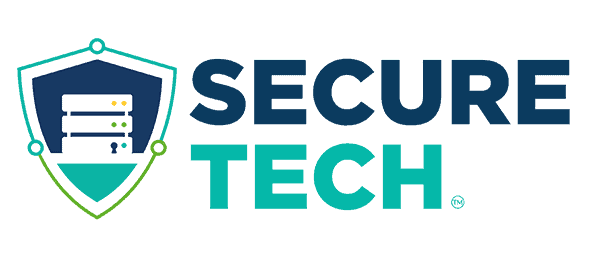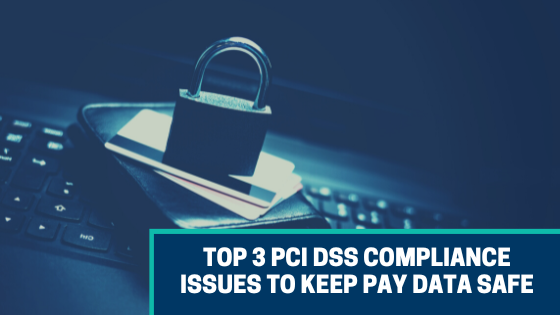Online banking and shopping have become increasingly common, leading to a rise in the use of credit cards, and this has caused an increase in credit card fraud. The Payment Card Industry Data Security Standard (PCI DSS) was developed to address this growing threat. Overcoming procedural, cultural, and paperwork hurdles is necessary for PCI DSS compliance. Although challenging, success is achievable.
The PCI Data Security Standard (DSS) is a security standard designed to secure cardholder data and prevent fraud by businesses that handle, transmit, or retain such data.
It is important to pay close attention to the procedures in validating PCI DSS compliance; however, achieving compliance should not be an insurmountable obstacle. This article will discuss the three PCI DSS compliance issues to keep customers’ pay data safe.
Top three PCI DSS compliance issues
Some of the top issues of PCI DSS include:
Disparate systems result in performance management issues
To be fully compliant with PCI-DSS, several security measures, known as “pillars,” must be put in place. As a result, businesses must use a set of security solutions to reduce exposure to danger and keep things under control.
Businesses frequently deploy several security solutions from different providers to satisfy various regulations. Unfortunately, this is a surefire way to fail.
Due to incompatibilities between the various components, fraudsters armed with sophisticated malware distribution and attack methods may be able to penetrate the network.
Failure to regularly test security systems and processes
It takes more than encryption, firewalls, and antivirus software to keep sensitive information safe. Regular scoping, configuration updates, identity management, logging, monitoring, scanning, and testing are also important.
Unfortunately, many businesses fail to maintain compliance because they fail to recognize the importance of routine testing. Routine testing is needed to detect unresolved security issues and scan for rogue wireless networks, as outlined in the PCI DSS requirements.
Confirming third-party service providers are compliant
The use of TPSPs can be beneficial to PCI programs, but ultimately it is the organization’s responsibility to ensure the security of its data even when it is in the hands of a TPSP. It might be difficult to learn about TPSP procedures and make sure they are PCI DSS compliant.
How to control and manage PCI DSS compliance issues
By following these steps, organizations can better control and manage PCI programs and handle common compliance issues.
Continuously Monitor for Vulnerabilities
Misconfiguration of back-end systems and assets, such as web servers, is a common source of vulnerability. One effective technique for mitigating risks is continuously monitoring the configuration of IT assets and assessing the obtained data against industry-standard benchmarks like CIS, ISO, and NIST. This will aid in securing credit card information and reduce the likelihood of a breach.
Conduct Risk Assessments
An organization can learn what is at risk, where it is most susceptible, and how it can implement controls, rules, and procedures to lessen those dangers by conducting a risk assessment. To ensure they comply with the rule, businesses should begin their PCI program with a risk assessment of their payment card system. Third-party data processors and managers should also be evaluated routinely. Organizations should give risk scores to discoveries to prioritize remedial activities and assign suitable mitigation measures.
Review the Controls Environment
The safety of credit card transactions depends on the presence of even the most fundamental security measures. Unfortunately, many companies fail their interim compliance evaluation because they lack these procedures. Updating measures like security access provisions might be difficult in a dynamic threat environment. Maintaining an up-to-date baseline set requires regular testing of controls to identify those underperforming, redundant, contradictory, or ineffective.
Leverage Policies and Procedures
For the PCI DSS program to succeed, all departments must work together. Unfortunately, such a program frequently interferes with the regular duties of employees. It fosters a condition where necessary steps are overlooked, leading to more uncertainty. To make PCI DSS compliance a matter of routine, businesses should include PCI standards in their policies and practices.

